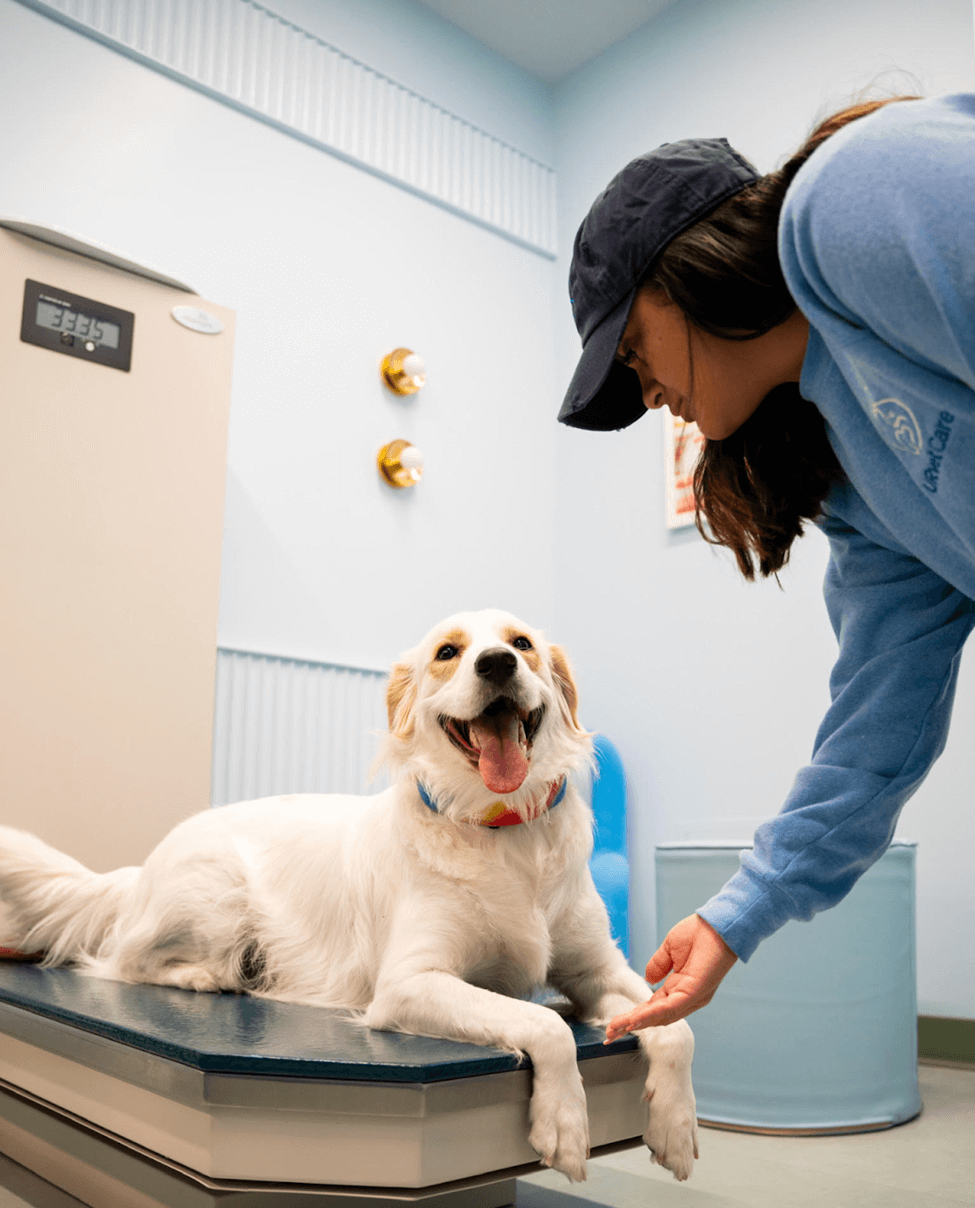When it comes to ensuring the safety and well-being of our furry companions, pet microchipping is a crucial step every pet owner should consider. This small, simple procedure can be a lifesaver, significantly increasing the chances of reuniting with a lost pet. Here’s an overview of how microchipping works and why it’s an essential aspect of responsible pet ownership.
Table of Contents
What Is Microchipping?
A microchip is a tiny device, roughly the size of a grain of rice, that is implanted just under the skin of your pet, usually between the shoulder blades. The procedure is quick, safe, and relatively painless, akin to receiving a routine vaccination. Each microchip contains a unique identification number that can be scanned by veterinarians, animal shelters, or rescue organizations.
How Does Microchipping Work?
Once your pet is microchipped, the information is stored in a national pet recovery database. When a lost pet is found and taken to a veterinary clinic or shelter, staff will scan the pet for a microchip. If a chip is detected, they can access the database to find the owner’s contact information, allowing for a swift reunion.
- Implantation: The microchip is inserted using a needle and syringe, similar to a vaccination. It usually only takes a few moments.
- Registration: After the procedure, it’s essential to register the microchip with your contact information. This step is crucial because without accurate data, the microchip cannot effectively assist in recovering your pet.
- Scanning: When a lost pet is brought into a veterinary clinic or shelter, staff will scan the animal to check for a microchip. If found, they will contact the registered owner.
The Importance of Microchipping
1. Increased Chances of Recovery
Pets can easily wander away or become lost during a stressful event, such as a move or a thunderstorm. Microchipping significantly enhances the likelihood of being reunited with your pet. According to the American Animal Hospital Association, microchipped pets are 20 times more likely to be returned to their owners than non-chipped pets.
2. Permanent Identification
Collars and tags can fall off or be removed, especially in cases of stray animals. Microchips provide a permanent form of identification that cannot be lost or altered, ensuring that your pet can always be traced back to you.
3. Peace of Mind
As a responsible pet owner, knowing that your furry friend has a reliable form of identification offers immense peace of mind. Microchipping is a proactive step towards safeguarding your pet’s well-being, especially for those who love to explore their surroundings.
4. Easier Travel
Traveling with pets can sometimes lead to unexpected situations. In case of an accidental separation during a trip, having your pet microchipped means they can be quickly identified and returned to you, no matter where you are.
What Happens If My Pet Is Found?
If your lost pet is found and taken to a veterinary clinic or shelter, the staff will perform the following steps:
- Scanning: The microchip will be scanned to retrieve the unique identification number.
- Contacting the Database: The staff will access the database associated with the microchip to find your contact information.
- Reunion: Once your details are verified, the clinic or shelter will reach out to you to facilitate the reunion with your pet.
Common Concerns About Microchipping
Is It Safe?
Microchipping is considered a safe procedure. Complications are rare, and most pets tolerate the procedure without any issues. It’s essential to consult with your veterinarian about any concerns you may have regarding the procedure.
Will It Change My Pet’s Behavior?
No, microchipping does not alter a pet’s behavior. The microchip is simply a means of identification and does not affect your pet’s health or personality.
Do I Need to Update My Information?
Yes, it’s vital to keep your contact information up to date in the microchip database. If you move or change your phone number, make sure to inform the microchip company to ensure your pet can always be traced back to you.
Other Essential Pet Care Services
While microchipping is an essential step for pet safety, comprehensive pet care goes beyond just identification. Regular pet check-ups, including cat wellness exams and dog vaccinations, help maintain your pet’s overall health. Other important services include animal dental care, pet dermatology services, and veterinary acupuncture, which can significantly enhance your pet’s quality of life.
For those who have older pets, specialized services such as senior pet care and pet rehabilitation services are crucial. These services help manage the health issues that often arise as pets age, ensuring they live happy, healthy lives.
Additionally, routine pet behavior therapy and pet weight management can address behavioral issues and prevent obesity, common problems in pets. Advanced treatments, such as pet cancer treatments and emergency vet care, are also critical aspects of maintaining your pet’s health.
Finding the Right Veterinary Care
When considering microchipping and other veterinary services, it’s important to choose a facility that prioritizes compassionate care in a home-like environment. At URvet Care, we are dedicated to providing a stress-free experience for both pets and their owners. Our veterinary surgeons and staff use advanced diagnostic technology to ensure high-quality care.
In summary, pet microchipping is a simple yet impactful way to protect your furry friend. It not only enhances the chances of recovery if they go missing but also provides peace of mind for pet owners. By combining microchipping with comprehensive veterinary care, you can ensure your pet lives a long, healthy, and happy life.
—————-



![Siberian Husky Price In India [2024] - Kerala | Kolkata | Delhi | Mumbai | Pune SIBERIAN HUSKY PRICE IN INDIA](https://petsyfy.com/wp-content/uploads/2022/02/SIBERIAN-HUSKY-PRICE-IN-INDIA.jpeg)

![Alaskan Malamute Dog and Puppy Price in India [2024] Alaskan Malamute Price in India](https://petsyfy.com/wp-content/uploads/2022/02/Alaskan-Malamute-Price-in-India-150x150.jpeg)
![Chihuahua Price in India 2022 - [All Major Cities] Chihuahua Price in India](https://petsyfy.com/wp-content/uploads/2022/07/Chihuahua-Dog-150x150.jpeg)
